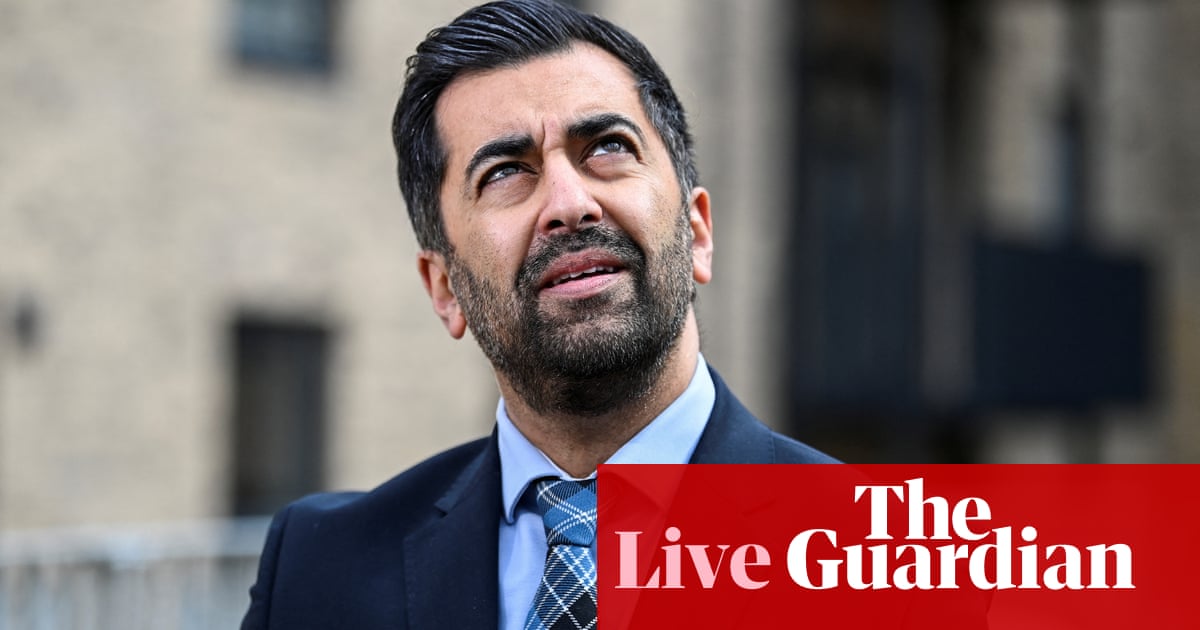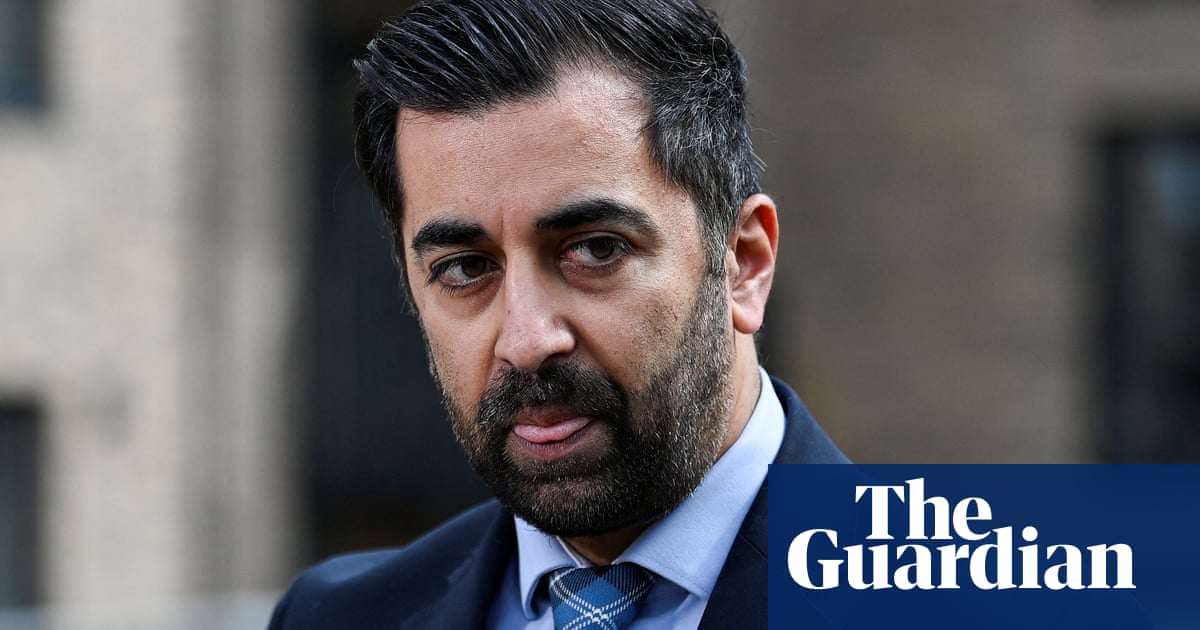The Guardian view on public spending: governments should invest in people as well as things | Editorial


The UK’s public services are in a state of near-collapse. Increased spending on health, care and social security is desperately needed, as the latest shocking poverty figures make painfully obvious. But while the NHS regularly tops voters’ lists of concerns, and a majority of the public favours higher spending, most people do not pay much attention to the technical details of government accounting. In the run-up to an election and spending review, this should change. Rules as well as figures require scrutiny. Rachel Reeves’s commitment to the principle that a Labour government should borrow to invest – but not otherwise – should concern everyone who wants to see the NHS, and the public realm more generally, restored.
So should the Treasury’s definition of investment. Traditionally, this refers to capital projects such as new transport links, hospital buildings or energy infrastructure. The point is that these are understood to provide long-term benefits that extend beyond service users to the wider economy. By contrast, and according to international accounting conventions, public money spent on salaries and other running costs comes under the heading of day-to-day (or current) expenditure. What this means, in practical terms, is that it is sometimes easier to get funding for a big scheme such as HS2 than for pay packets.
This system has been criticised in the past. The Institute for Fiscal Studies, for example, has highlighted that since few policies are more geared towards the long term than education, the “golden rule” dividing capital from day-to-day spending risks blocking economically beneficial spending on schools and training. More recently, campaigners for increased early years and social care funding have proposed an alternative framing whereby greater weight is placed on social as opposed to physical infrastructure.
Research by the Women’s Budget Group calculated that public investment in the care sector could create 2.7 times as many jobs as the same amount spent on construction, as well as promoting gender equality and enhancing lives. Tim Leunig, a former Tory adviser, has also argued that “improving education or getting people back into work” should be regarded as an investment – just as capital is.
Buildings and technology are of course important. The chaos caused last year by the discovery of potentially unsafe reinforced autoclaved aerated concrete (Raac) in numerous hospitals and schools was a vivid illustration of the costs of failing to upgrade physical infrastructure. In recent years, NHS funding has been diverted away from capital projects due to shortfalls in other areas, and the NHS Confederation argues that capital spending should be the next government’s top priority. But the thinking behind such distinctions and choices needs to be updated. Based on a model whereby businesses separate investments in assets – which they own – from labour costs, they are a flawed basis for public policy. Governments whose overriding priority is the long-term health and wellbeing of their people should not imitate private-sector employers.
This is not the only problem with the UK’s current fiscal rules, which impose other unhelpful constraints. But with improvements in care of all kinds desperately needed to enable people to live in dignity, and public-sector workforce challenges among the most serious issues facing the country, ambitious investment in people and their jobs should be recognised as a necessary basis for human flourishing.
Do you have an opinion on the issues raised in this article? If you would like to submit a response of up to 300 words by email to be considered for publication in our letters section, please click here.
Source link




